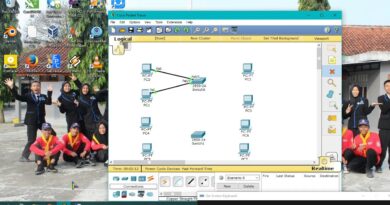BREAK / RESETTING THE ROOT PASSWORD ON RHEL8
RESETTING THE ROOT PASSWORD ON BOOT
If you are unable to log in as a non-root user or do not belong to the administrative wheel group, you can
reset the root password on boot by switching into a specialized chroot jail environment.
Procedure:
1. Reboot the system and, on the GRUB 2 boot screen, press the e key to interrupt the boot
process.
The kernel boot parameters appear.
load_video
set gfx_payload=keep
insmod gzio
linux ($root)/vmlinuz-4.18.0-80.e18.x86_64 root=/dev/mapper/rhel-root ro crash
kernel=auto resume=/dev/mapper/rhel-swap rd.lvm.lv/swap rhgb quiet
initrd ($root)/initramfs-4.18.0-80.e18.x86_64.img $tuned_initrd
2. Go to the end of the line that starts with linux.
linux ($root)/vmlinuz-4.18.0-80.e18.x86_64 root=/dev/mapper/rhel-root ro crash
kernel=auto resume=/dev/mapper/rhel-swap rd.lvm.lv/swap rhgb quiet
Press Ctrl+e to jump to the end of the line.
3. Add rd.break to the end of the line that starts with linux.
linux ($root)/vmlinuz-4.18.0-80.e18.x86_64 root=/dev/mapper/rhel-root ro crash
kernel=auto resume=/dev/mapper/rhel-swap rd.lvm.lv/swap rhgb quiet rd.break
4. Press Ctrl+x to start the system with the changed parameters.
The switch_root prompt appears.
5. Remount the file system as writable:
# mount -o remount,rw /sysroot
The file system is mounted as read-only in the /sysroot directory. Remounting the file system
as writable allows you to change the password.
6. Enter the chroot environment:
# chroot /sysroot
The sh-4.4# prompt appears.
7. Reset the root password:
# passwd
Follow the instructions displayed by the command line to finalize the change of the root
password.
8. Enable the SELinux relabeling process on the next system boot:
# touch /.autorelabel
9. Exit the chroot environment:
# exit
10. Exit the switch_root prompt:
# exit
centos 7



